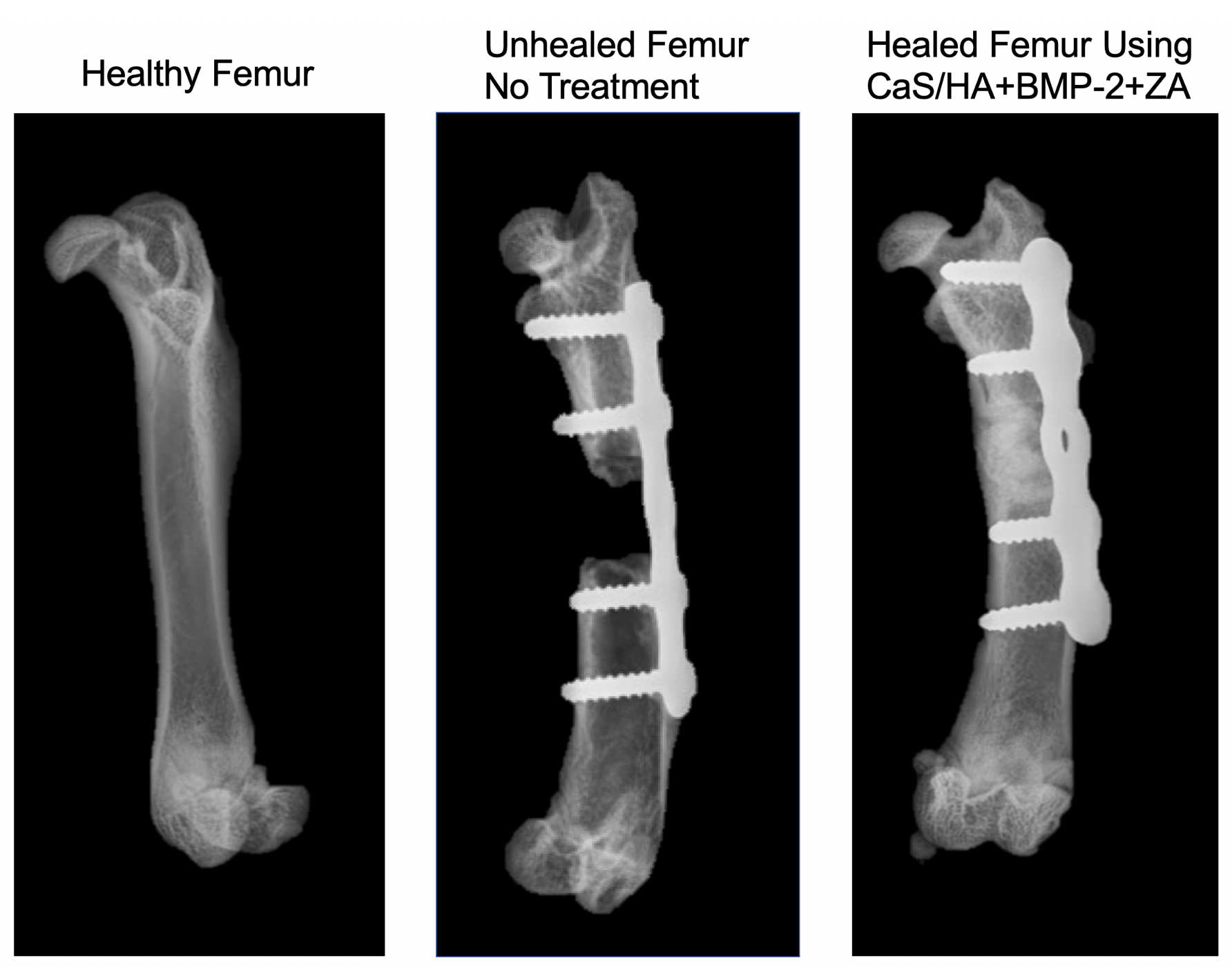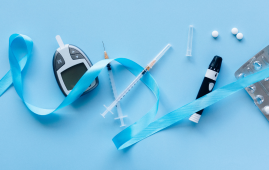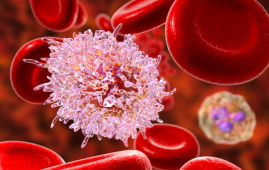

Researchers have developed a way of combining a bone substitute and drugs to regenerate bone and heal severe fractures in the thigh or shin (synthetic bone) bone.
The study, published in the research journal Science Advances, was conducted on rats, but the researchers think that the method in various combinations will soon be commonplace in clinical settings.
“The drugs and materials we used in the study for the regeneration of bone are already approved. We simply packaged them in a new combination.
Therefore, there are no real obstacles to already using the method in clinical studies for certain major bone defects that are difficult to resolve in patients. But we want to introduce the technique in a controlled form via clinical studies and have recently been granted ethical approval,” says Deepak Raina, orthopaedics researcher and the lead author of the study.
Bones in the human body have a fantastic ability to repair injury, but some defects are so large or complicated that the healing process is delayed or absent. This may be due to the bone having been subjected to a major trauma in connection with a traffic accident for example, or a tumour or infection causing a major bone defect. These cases are currently treated through bone transplantation, usually with bone taken from the patient’s own pelvis.
“In cases involving severe open fractures in the lower leg, over 5 per cent of all fractures fail to heal. With our method, we will be able to avoid taking bone from the pelvis, which is a major gain for the patient.”
There is a need for new solutions and several research teams, both in Europe and in the USA, are working on improving the bone healing process. So far, the injectable cocktail successfully mixed by the Swedish and German researchers consists of three different components: an artificial ceramic material developed in Lund, a bioactive bone protein (rhBMP-2) and a drug, bisphosphonate, that combats bone resorption.
“The bone protein we use has had negative effects in previous studies due to a secondary premature bone resorption, among other things.
We have successfully mitigated this effect with the bisphosphonate and, by packaging the drug in a slowly resorbing bone substitute, we can control the speed of release. In the current study with the combination, we achieved a six-fold reduction in the amount of protein compared to previous efforts, while still inducing bone formation. The result was that even fractures with an extensive bone defect could heal without complications. We believe this finding will be of great clinical use in the future,” says Deepak Raina.
more recommended stories
 AI in Emergency Medicine and Clinician Decision Accuracy
AI in Emergency Medicine and Clinician Decision AccuracyEmergency teams rely on rapid, accurate.
 Innovative AI Boosts Epilepsy Seizure Prediction by 44%
Innovative AI Boosts Epilepsy Seizure Prediction by 44%Transforming Seizure Prediction in Epilepsy Seizure.
 Hypnosis Boosts NIV Tolerance in Respiratory Failure
Hypnosis Boosts NIV Tolerance in Respiratory FailureA New Approach: Hypnosis Improves NIV.
 Bee-Sting Microneedle Patch for Painless Drug Delivery
Bee-Sting Microneedle Patch for Painless Drug DeliveryMicroneedle Patch: A Pain-Free Alternative for.
 AI Reshapes Anticoagulation in Atrial Fibrillation Care
AI Reshapes Anticoagulation in Atrial Fibrillation CareUnderstanding the Challenge of Atrial Fibrillation.
 Hemoglobin as Brain Antioxidant in Neurodegenerative Disease
Hemoglobin as Brain Antioxidant in Neurodegenerative DiseaseUncovering the Brain’s Own Defense Against.
 Global Data Resource for Progressive MS Research (Multiple Sclerosis)
Global Data Resource for Progressive MS Research (Multiple Sclerosis)The International Progressive MS Alliance has.
 AI Diabetes Risk Detection: Early T2D Prediction
AI Diabetes Risk Detection: Early T2D PredictionA new frontier in early diabetes.
 Cancer Cells Learn to Self-Report: A New Frontier in Immunotherapy
Cancer Cells Learn to Self-Report: A New Frontier in ImmunotherapyHow a Drug Complex Enables Immune.
 Staphylococcus Shows Complex Enzyme Redundancy, Study Finds
Staphylococcus Shows Complex Enzyme Redundancy, Study FindsA Bacterial Pathogen That Refuses to.

Leave a Comment